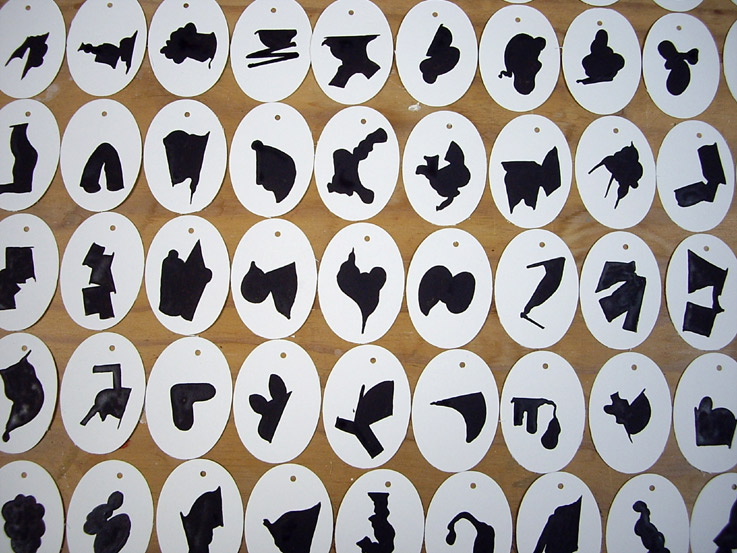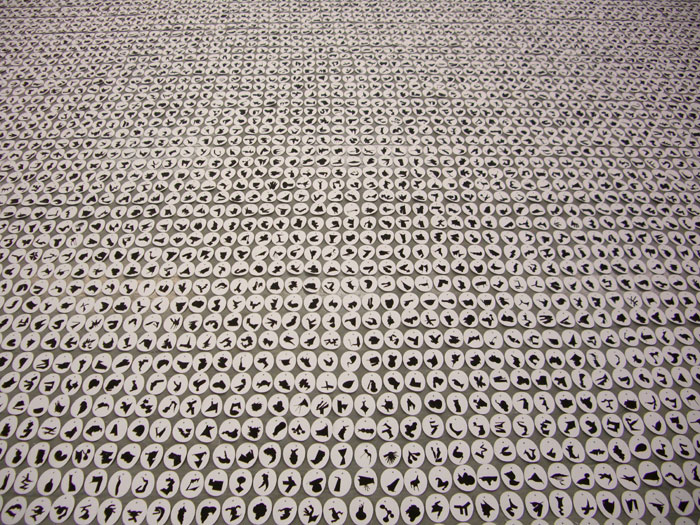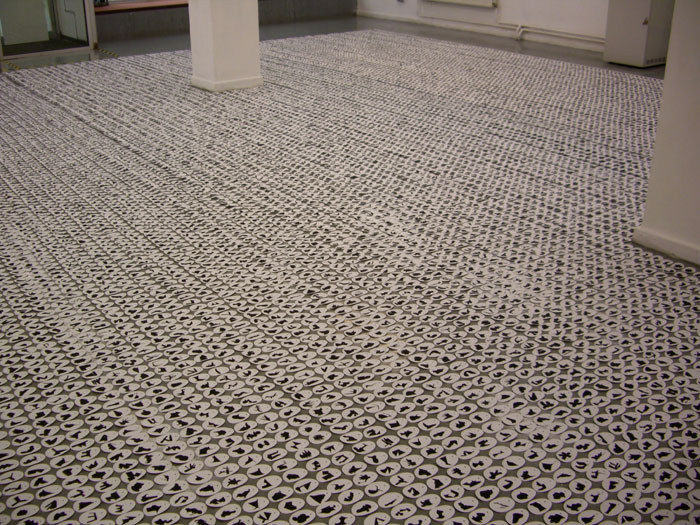Definition of 'Abstract art' from the Tate website glossary:
"The word abstract strictly speaking means to separate or
withdraw something from something else. In that sense applies to art in
which the artist has started with some visible object and abstracted
elements from it to arrive at a more or less simplified or schematised form...A cluster of theoretical ideas lies behind abstract art...In general abstract art is seen as carrying a moral dimension, in that
it can be seen to stand for virtues such as order, purity, simplicity
and spirituality."
Abstraction for me is the development of a first notion, removing nearly all of the original framework and structure, into a new idea. This is important in art when employing the concept of decentered subjectivity. For instance, turning a personal project about my current situation into 'real art' (i.e. a venture that is deeper than pictures of my belongings) takes many steps, first of all documentation of the belongings is essential, but then it is of utmost importance to destroy the personal link, instead turning the items into something else, numbers, letters, codes. Turning this development into drawings, crochet. These actions are the first steps in abstraction.
Tate (n.d.) Glossary: abstract art [online] <Available at: http://www.tate.org.uk/collections/glossary/definition.jsp?entryId=8> [Accessed 14 January 2012]

























